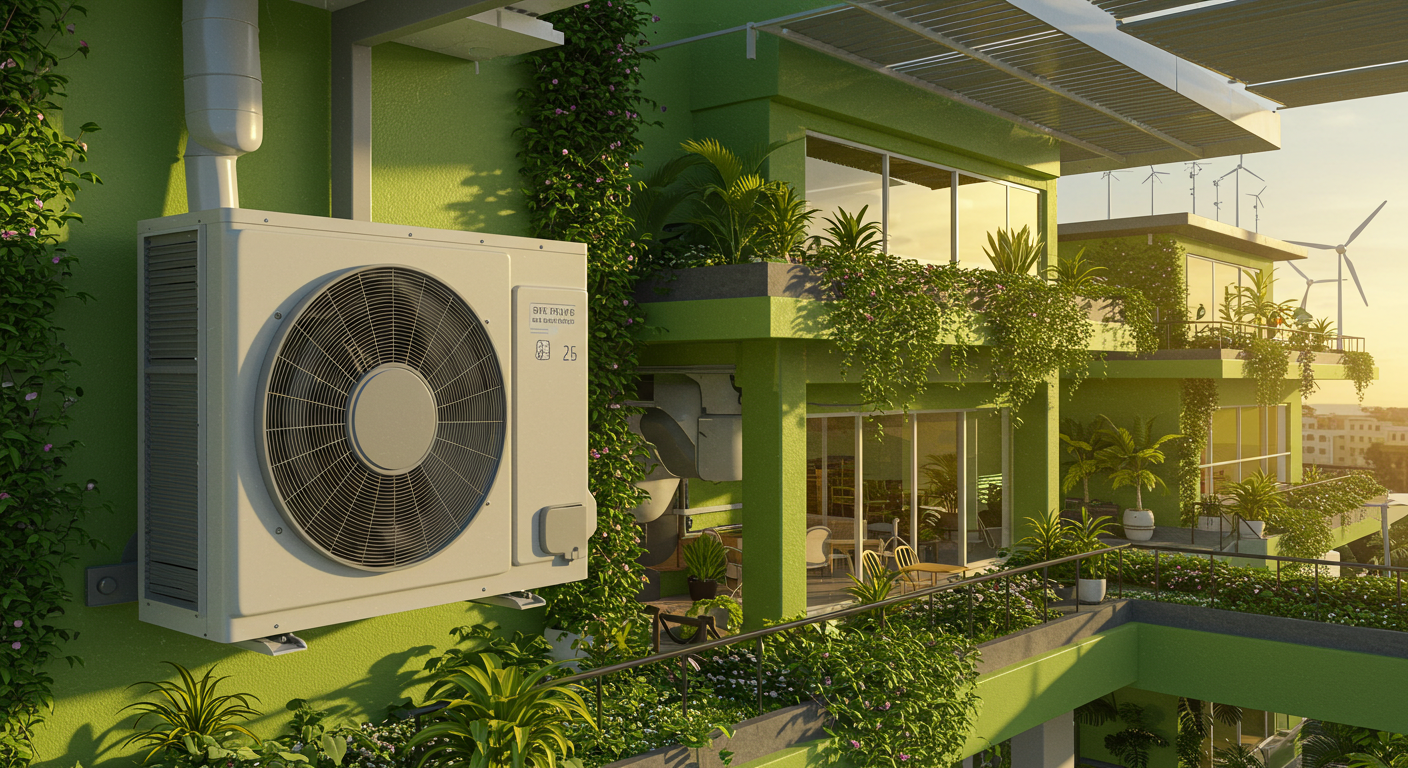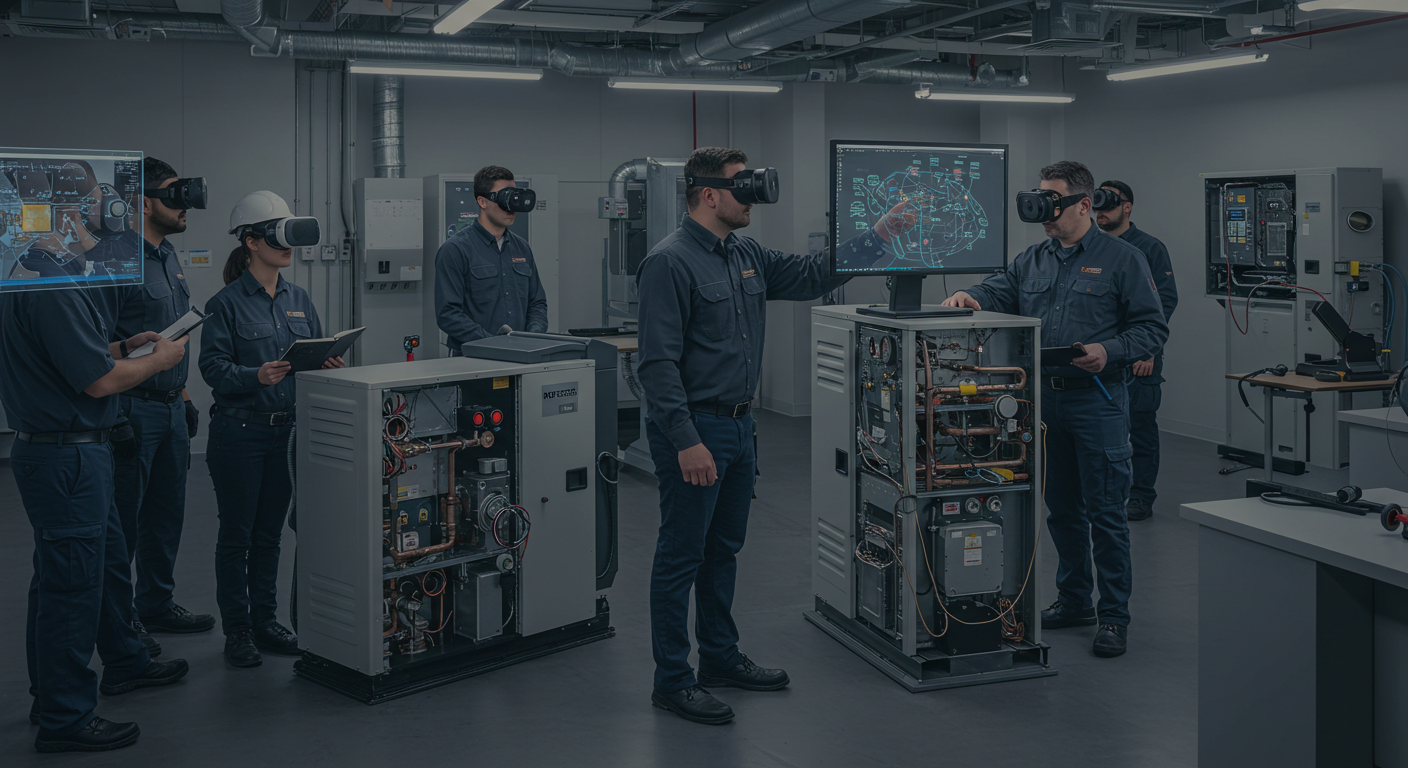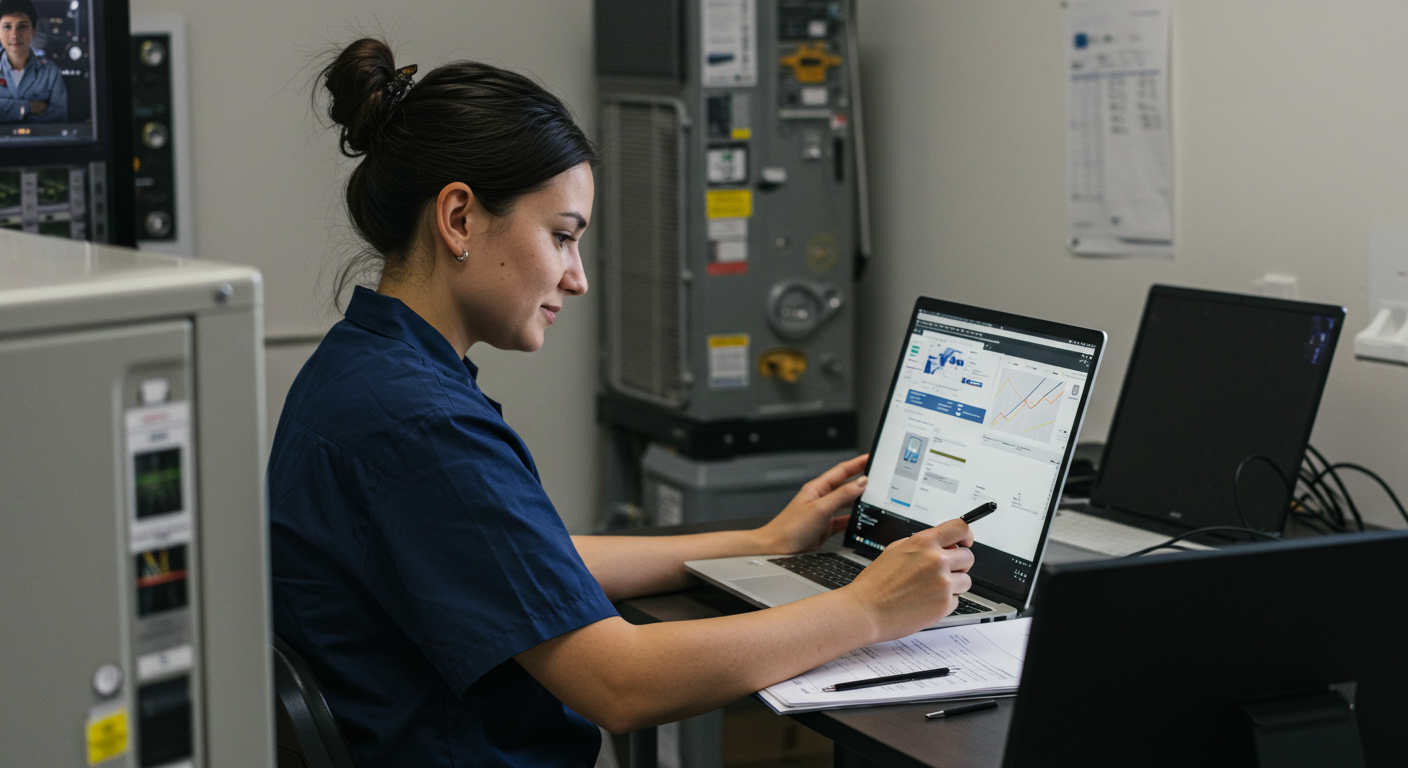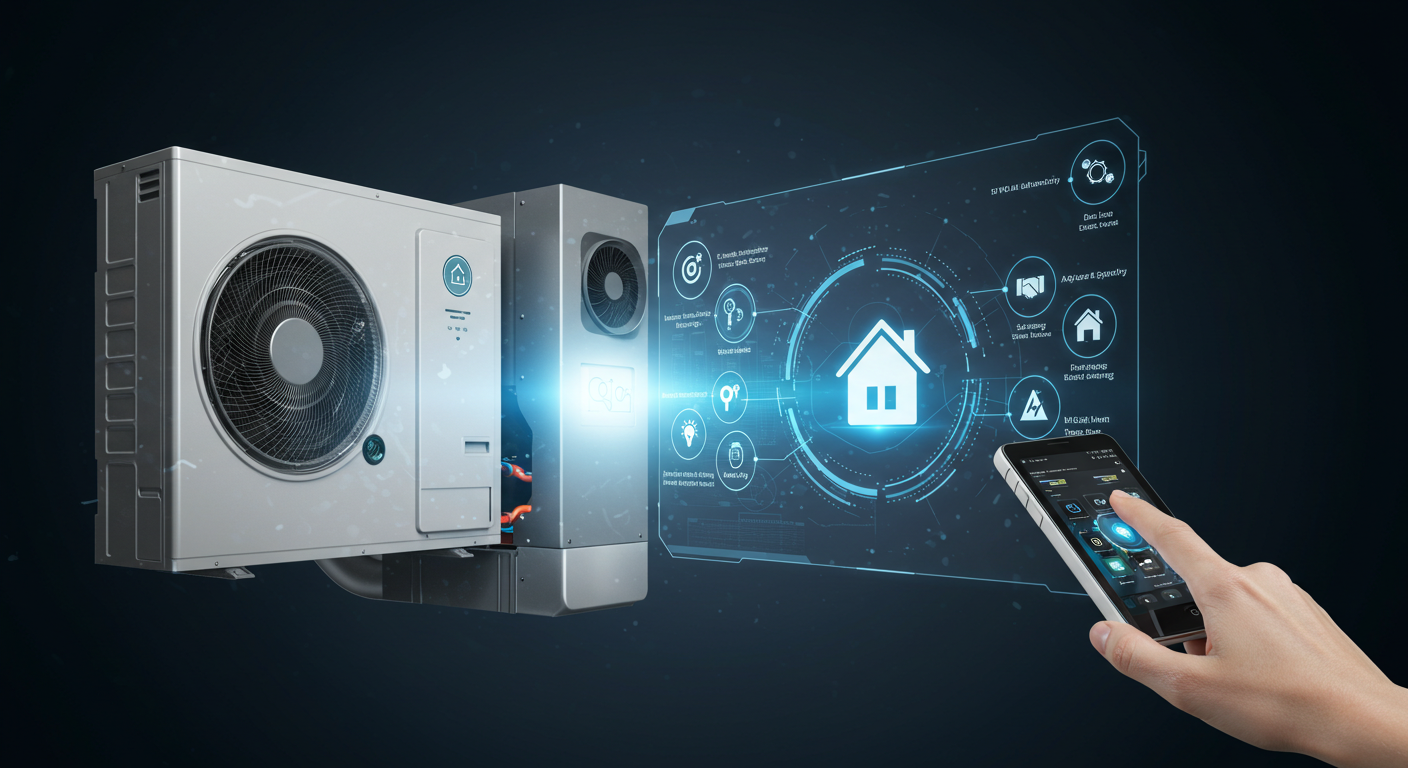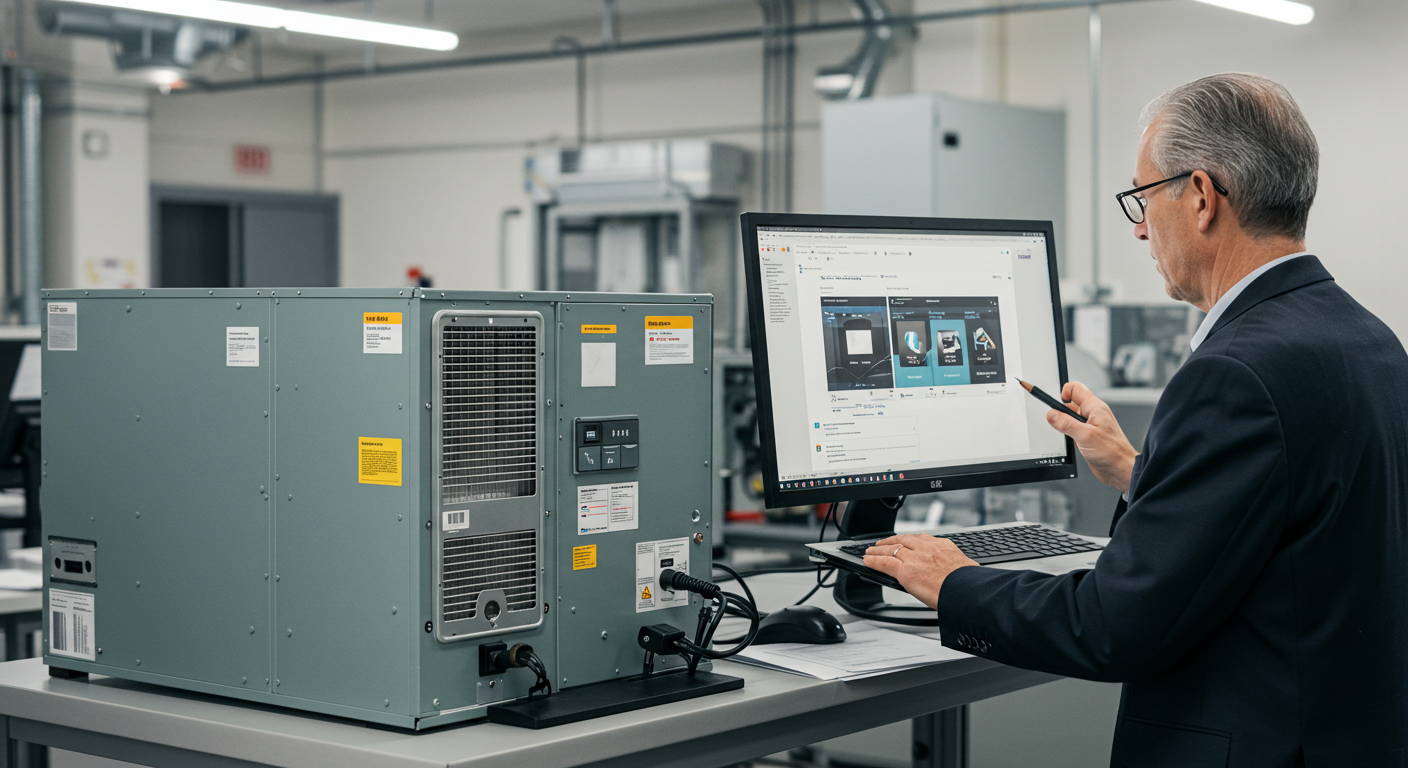How to Sell Net-Zero HVAC Packages: A Guide for 2025
As we move further into 2025, the demand for net-zero HVAC packages is growing rapidly. With HVAC systems accounting for approximately 40% of total energy used in commercial buildings, it’s no surprise that more businesses and homeowners are seeking out sustainable solutions. Whether you’re an HVAC professional or a business owner looking to expand into this market, understanding how to sell net-zero HVAC packages is crucial. This post will walk you through the key strategies and considerations to effectively market and sell these innovative solutions.
Understanding the Market for Net-Zero HVAC Systems
The global HVAC market is projected to grow significantly, with expectations to reach $256.94 billion by 2032. In the U.S., the market is predicted to hit $35.8 billion by 2030, reflecting a major opportunity for those selling net-zero energy HVAC solutions. With energy-efficient HVAC packages offering reductions in energy consumption by 20% to 50%, it’s clear that high performance HVAC for net-zero homes is a hot commodity.
Key Features of Net-Zero HVAC Packages
When you sell net-zero HVAC systems, it’s important to highlight the energy-efficient technologies that come standard in these packages. From heat pumps and variable speed compressors to smart HVAC solutions, these systems are designed to meet or exceed the minimum SEER2 efficiency ratings of 15. For instance, the Ruud Econet 800 series smart thermostat offers seamless integration of remote controls and energy optimization, making it a standout feature in any net-zero package.
Benefits of Offering Green HVAC Installation
- Appeal to environmentally conscious consumers who prioritize energy efficiency.
- Meet regulatory requirements set by the 2025 Building Energy Efficiency Standards.
- Capitalize on the growing trend towards sustainable HVAC solutions.
Effective Strategies for Selling Eco-Friendly HVAC Packages
To succeed in zero energy HVAC sales, it’s essential to adopt strategies that resonate with your target audience. Start by educating potential customers on the long-term cost savings and environmental benefits of net-zero HVAC systems. Provide detailed case studies or testimonials that showcase successful installations and satisfied customers. Additionally, consider offering financing options to make these packages more accessible.
Addressing the HVAC Technician Shortage
With a projected shortage of up to 225,000 HVAC technicians by 2025, simplifying installations through packaged and smart-enabled systems can help meet market demand. By streamlining the installation process, you not only address this workforce challenge but also enhance customer satisfaction with quicker, more efficient service.
FAQs About Net-Zero HVAC Packages
What are net-zero HVAC packages?
Net-zero HVAC packages are systems designed to operate with maximum energy efficiency, often incorporating renewable energy sources to offset energy use and achieve a zero net energy consumption.
Why is energy efficiency important in HVAC systems?
Energy efficiency in HVAC systems reduces energy consumption, lowering utility costs and minimizing environmental impact. This is crucial for both economic savings and environmental sustainability.
How do smart HVAC solutions contribute to net-zero goals?
Smart HVAC solutions optimize energy use through advanced controls and monitoring, allowing for real-time adjustments that enhance efficiency and reduce waste, supporting net-zero goals.
What incentives are available for installing net-zero HVAC systems?
Many regions offer rebates, tax credits, and other incentives for installing energy-efficient HVAC systems. Check local regulations for specific programs that can reduce upfront costs.
How can I make net-zero HVAC packages more appealing to customers?
Highlight the long-term cost savings, environmental benefits, and potential incentives available. Providing clear information and support can make these packages more attractive to consumers.
In conclusion, selling net-zero HVAC packages in 2025 requires a deep understanding of both the market and the technology. By emphasizing the benefits and addressing customer concerns, you can effectively position your offerings to meet the growing demand for sustainable HVAC solutions. Ready to make a difference? Start by exploring the latest in high-performance HVAC systems and take your business to the next level.
Take the first step towards sustainable sales success—explore our range of net-zero HVAC solutions today!


